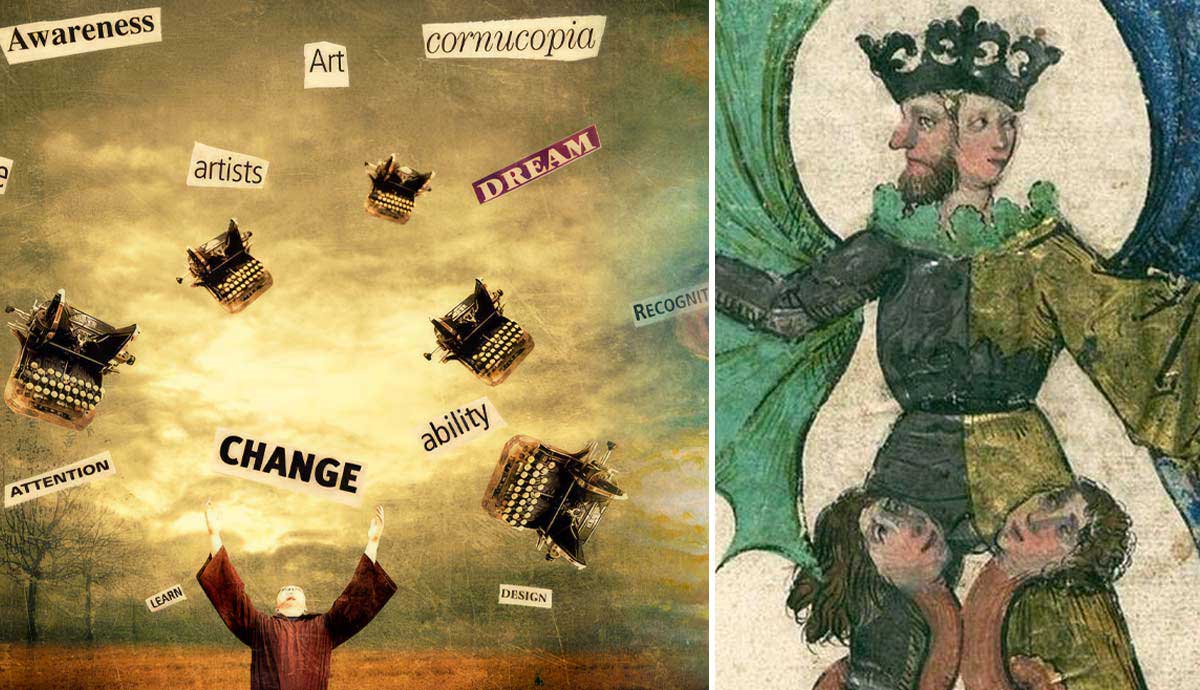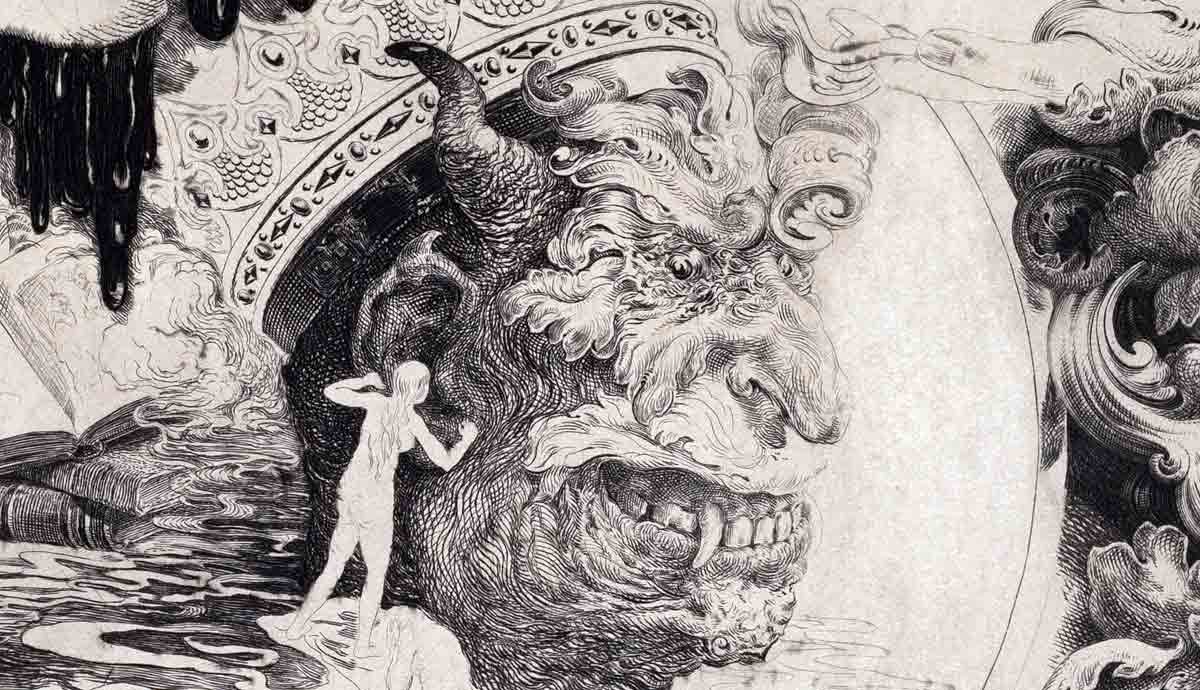
The anima and animus figures are archetypes within Jungian psychoanalysis that represent the feminine side of a man and the masculine side of a woman respectively. Jung believed that understanding the different ways that they appear in our dreams could not only give us the opportunity to psychospiritually evolve, but to also outgrow our negative relationship patterns.
Introducing Archetypes

According to Carl Jung, we all have an individual unconscious that consists of our repressed or forgotten personal experiences. However, on a deeper level, we share a common psychic realm known as ‘the collective unconscious’, which is the aggregate of universal themes and symbols present since time immemorial. Whereas the contents of our personal unconscious originate from our own experiences, the contents of the collective unconscious are solely derived from that symbological pool of knowledge and consist of archetypes (Jung, 1936). Archetypes are universal symbols and “primordial images that reflect basic patterns that are common to us all”, but that can only be expressed idiosyncratically (Jung, 1959). As Jung notes, the archetype is merely the “tendency to form such representations of a motif”, but the representations themselves can differ greatly (Jung, 1964). Among the most important Jungian archetypes are the anima and animus.
The Anima and Animus

Jung believed that every man has a feminine part within his psyche called the anima and every woman has a male part within her psyche called the animus. The animus is the accumulation of a woman’s experiences of masculinity and is initially modeled after her father. The anima represents all of a man’s perception of femininity and is initially modeled after his mother. They determine how we relate to the world and the opposite sex. When they are not properly integrated, we can neither enjoy psychological balance nor healthy relationships as we will project the figure of the anima or animus on our significant other. While we may think we are connecting to another person, our partner becomes merely an actor cast to play out the role of our anima or animus.

According to modern Jungian thought, the honeymoon phase in relationships ends once the couple fails to maintain the projections of their partner’s anima/animus figures. The allure that the romantic partner has at first is essentially the allure of the anima or animus inside the psyche of the lover. So, for example, if a man’s anima is characterized by intelligence and charisma, he may fall out of love with his partner if she acts out of line of these characteristics and shows a goofier side to her personality. Projections can also be dangerous. If a woman’s animus is an oppressive or abusive male figure, she will only be attracted to men who can act out these traits and would find it a great challenge to get attracted to healthy men. Luckily, as one matures along the journey of individuation, so does one’s anima or animus.
The Four Stages

Jung speaks of four women who represent the four main stages of the anima. The first is Eve, or ‘the natural woman’, emphasizing the instinctive aspects and outward sexual attractiveness of women. The second is Helen, who is qualified by talent, cleverness, and worldly achievement. The anima moves from being merely physically seductive to becoming an enigmatic figure with a captivating allure. The third is Holly Mary, emphasizing righteous and virtuous qualities, and acting as a moral compass, embodying not only ethics but also compassion and emotional depth. The last stage represents the complete integration of the anima in the male psyche and is represented by Sophia, who functions as a spiritual guide.

As for the animus, the first stage is known as ‘the natural man’ and is characterized by raw power, animal-like primitive characteristics, and outward physical appearance of strength. Secondly, there is the romantic man, who is seductive, courteous, and charming, but governed by desires. Thirdly, there is the man of words, who could be a scholar, a clergyman, or a father. Although more advanced than the two earlier stages, he can be an oppressive figure that imposes exaggerated pressure to follow rules, order, and logic. In the highest stage, the animus is integrated within the female psyche and is represented by the man of light, who, like Sophia, functions as a spiritual guide too.
The Soul

Etymologically, the words anima and animus mean ‘soul’ in Latin. Jung did not choose them haphazardly, for the anima or animus is the mediator between the conscious and the unconscious. It’s an intermediary between the world of corporeal existence that we consciously inhabit and the spiritual world that we unconsciously experience. Consider the soul as an isthmus between the body and the Spirit. The four progressive stages of the animus or anima are hence major milestones on the spectrum of the human soul’s progression from the material to the spiritual. If we look at the stages, we see that they start with a close identification with the body (Eve / the natural man) and end with a close connection to the spirit (Sophia / the man of light).










